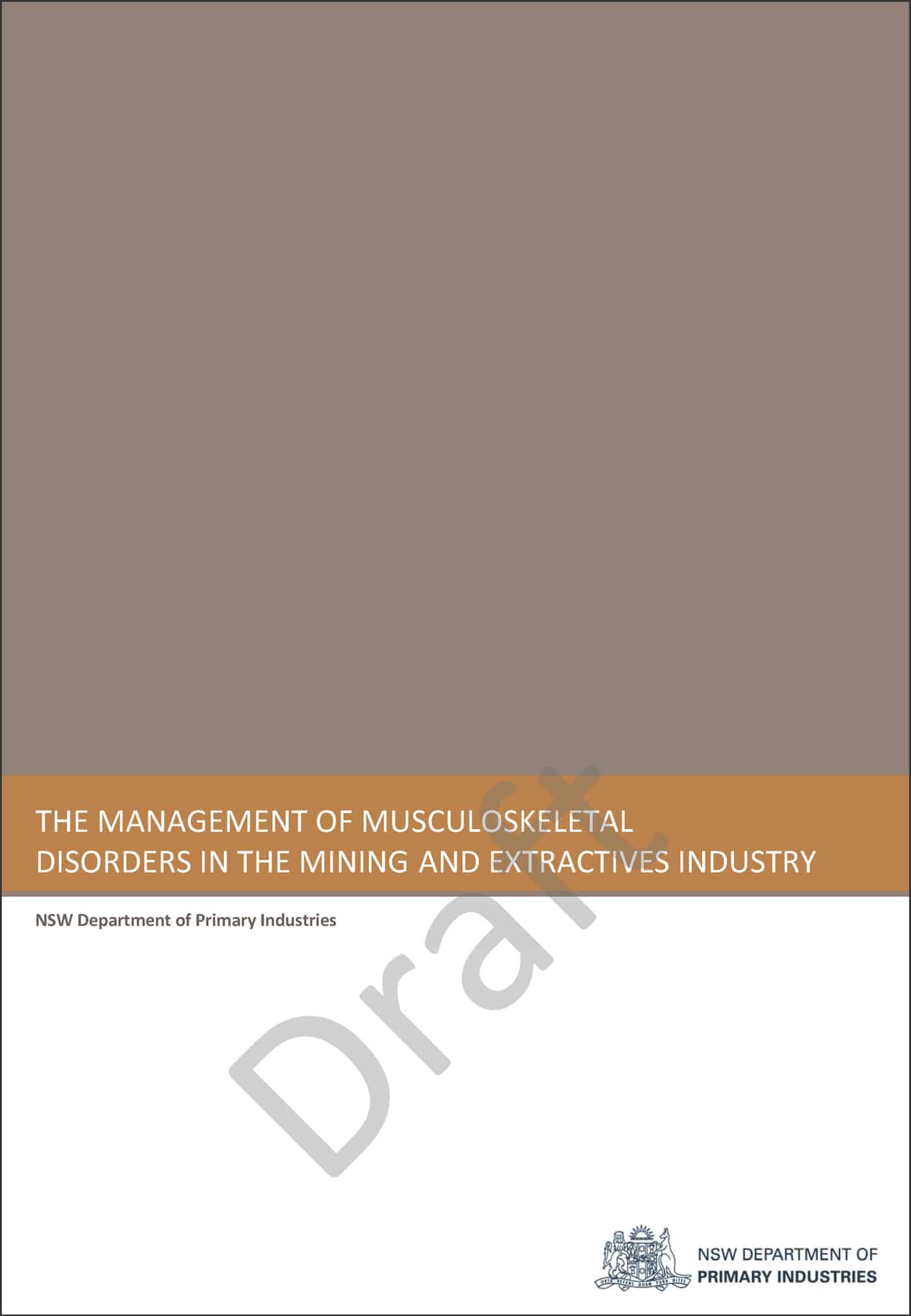Awards for safety have always been an odd beast. Any award is an acknowledgement for effort and should be valued but frequently eligibility and the judging criteria are not clear.
Last year WorkCover NSW released this criteria in the booklet that they produced about the award finalists and winners. This provided the winners with a clear indication of why they won, not just the fact that they did win.
Anyone who doubts that a lot of effort goes into nominating for these awards should be reminded of the dance that Joe Jurisic made across the stage years ago in Victoria or the long kiss that one of the award winners shared on stage in New South Wales last year.
The awards are important and are valued. However an assessment process that is not open and accountable calls into question this value.
Today the Construction Forestry Mining & Energy Union released a statement “celebrating” the disqualification of John Holland Rail from the Safe Work Australia Awards. The statement reads
“John Holland Rail Pty Ltd was listed among nine finalists for one of Australia’s premier national awards for workplace safety, the Safe Work Australia Awards. But Federal Court proceedings against John Holland Pty Ltd over the death of an employee on a Queensland site last year meant the company was disqualified at the last minute.
Mark McCallum, 34, died after being run over by machinery while working at the Dalrymple Bay Coal Terminal in north Queensland, when his foot became trapped under wooden scaffolding planks while moving precast concrete decks.”
The inclusion of John Holland Rail did always seem peculiar.
The rest of the media release covers the ongoing dissatisfaction of the trade union with the legally legitimate business decision for John Holland to move to the Federal workers’ compensation system
Award Ceremonies
The question about safety award ceremonies should also be reconsidered in the light of the move to a nationally harmonised system of OHS regulation.
Over the years, many of the State awards nights have become huge and glamourous affairs with well over 1000 attendees. They are also costly affairs that have a remarkably short shelf life. It will be very interesting to see which OHS regulatory agency will cut back on their awards expenditure first in this economic climate that questions the duplication of events.
It was also odd that such a small country like Australia had so many safety award processes. State awards are principally a marketing tool to promote the local OHS agency with the added benefit of being able to talk about safety in a positive, preventative light rather than through fatalities and the annual counting of the dead. Interestingly the 2009 national awards ceremony is scheduled for World Day for Health and Safety at Work on 28 April 2009 – a day the union movement commemorates as International Workers Memorial Day.
Safety awards tend to generate very little media attention, partly because the media is unsure of which awards they should cover – State or National. Award winners are lucky to get a paragraph in the next edition of a daily newspaper. Local media attention is better as local business makes good and the direct benefit to the community is easier to see.
Running such events are always a balance between cost and benefits that should be reviewed each year. Let’s see if the OHS regulators review the awards on both a state and federal level so that there will be a future for such events that we can all support and value.
[It may be useful to note that the CFMEU has received several OHS awards over the years. I seem to recollect one award for a safety colouring book over a decade ago in Victoria]


